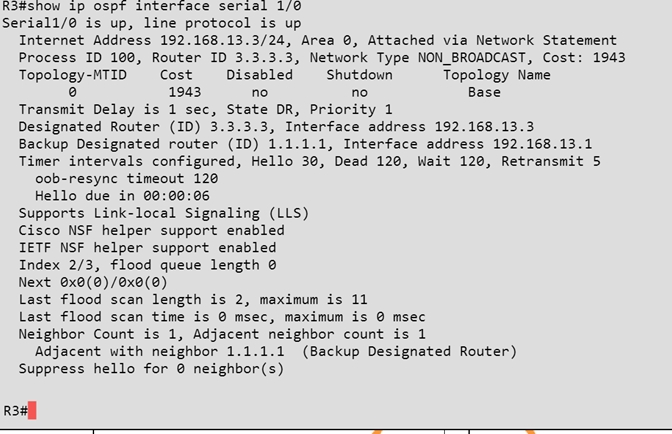Scenario -
You have been asked to evaluate an OSPF network setup in a test lab and to answer questions a customer has about its operation. The customer has disabled your access to the show running-config command.
Instructions -
- Enter IOS commands on the device to verify network operation and answer for multiple-choice questions.
- THIS TASK DOES NOT REQUIRE DEVICE CONFIGURATION.
- Click on the icon or the lab at the bottom of the screen to gain access to the console for each device.
- No console or enable passwords are required.
- To access the multiple-choice questions, click on the numbered boxes on the left of the top panel.
- There are four multiple-choice questions with this task. Be sure to answer all four questions before selecting the Next button.
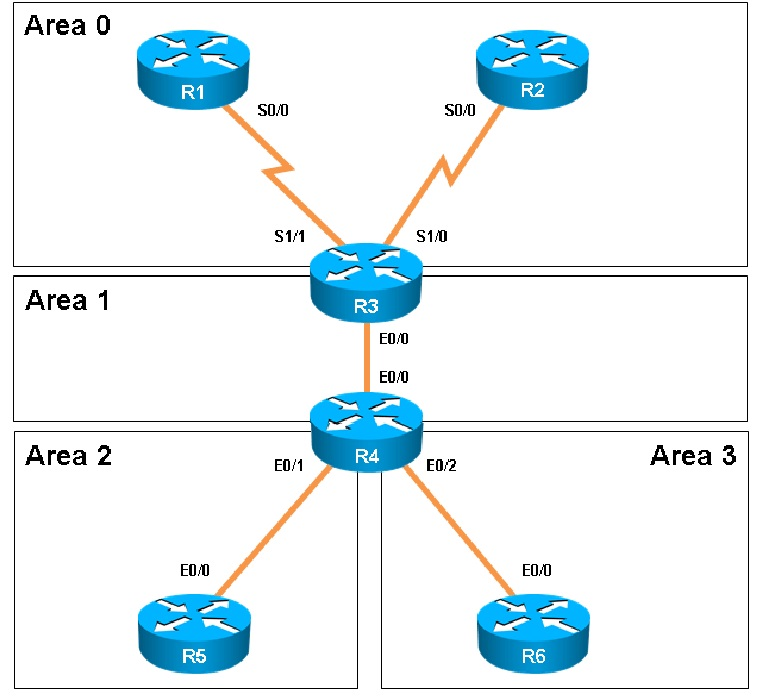
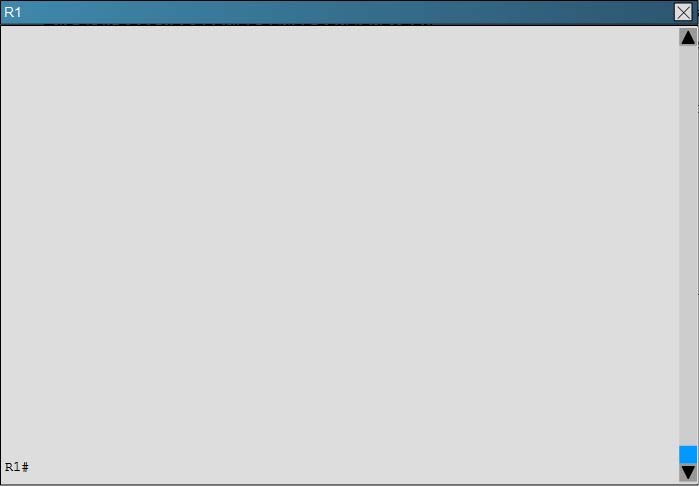
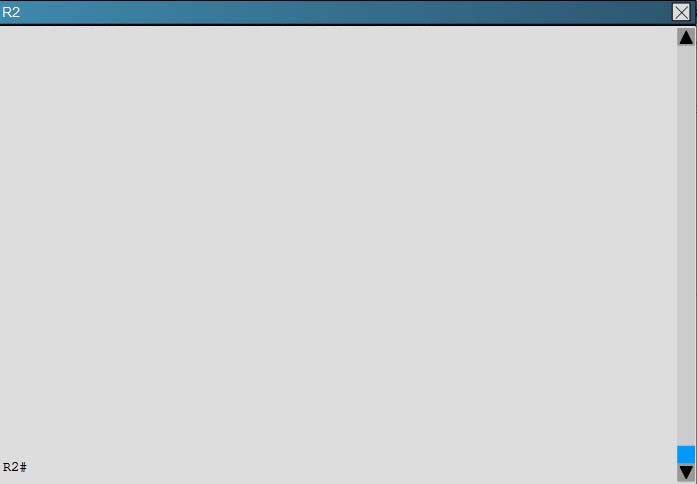
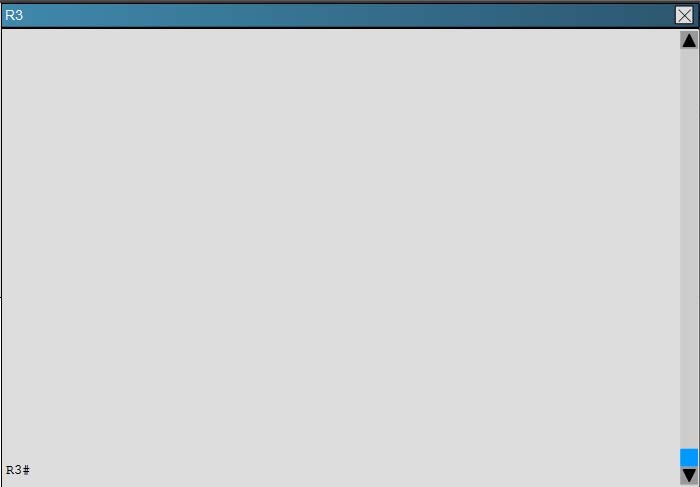
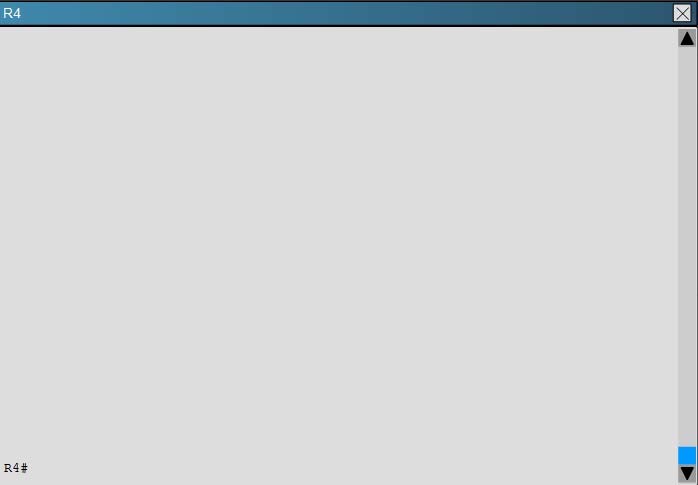
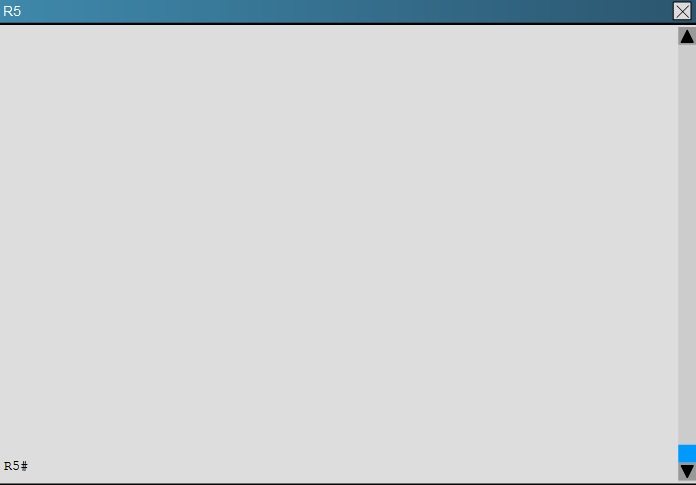
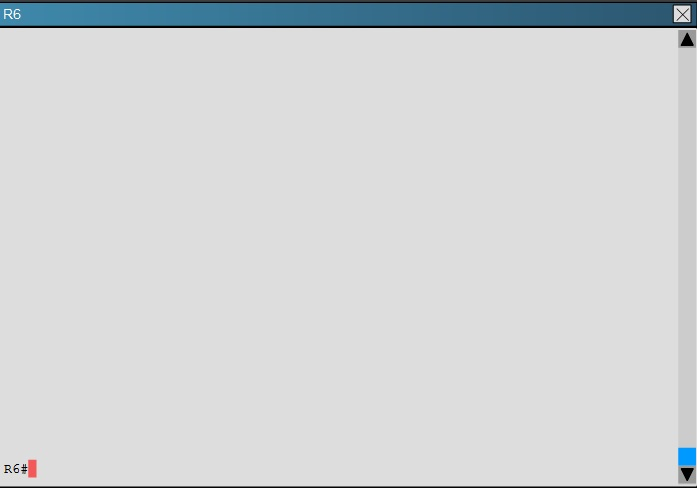
Which of the following statements is true about the serial links that terminate in R3?
